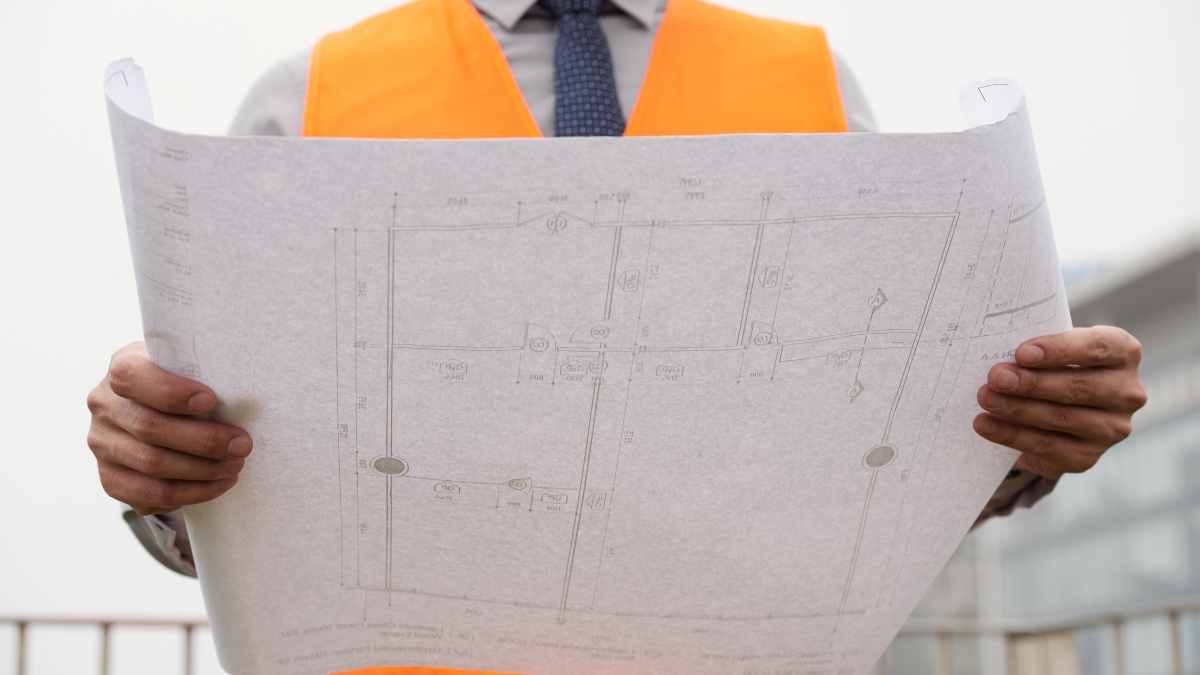Bricks, Concrete, Cement & Wood!
We have been using these materials for construction traditionally, but now the game’s changed; there are many other alternative construction materials available that provide the same level of strength and stability as traditional construction materials.
Though many countries in the West have adopted many of these, India, too, isn’t that far behind. As a large chunk of the population still swears by the traditional raw materials in construction, many builders in India try to go for alternative construction materials for curated projects.
Top 10 Alternative Construction Materials
- Ferro-cement
- Bitumen Materials
- Plant-based Polyurethane Rigid Foam
- Fibre Reinforced Polymer
- Fly Ash
- Aluminum
- Cellulose
- Rammed Earth
- Hempcrete
- Timbercrete
Ferro Cement
Ferro Cement is now slowly overtaking the traditional cement types. A Highly versatile form of reinforced concrete, Ferro Cement is formed out of Portland cement mortar and wire meshes infirmly spread in cross sections.
One of the best features of Ferro Cement is that it drastically reduces the large-scale requirement of steel and cement, which makes it the darling of residential realty construction. It is also one of the top materials used in Pre Cast construction technology and also does not require skilled labor. The localized damages to structures, especially from impacts, can easily be repaired in ferrocement. Definitely one of the top alternative construction materials in the market today.
Bitumen or Bituminous Materials
In simple terms, materials that are bound by bitumen are called bitumen materials, which are popular around the world as a part of road construction. Bitumen is made of crude oil.
So Tar? Nope, though tar is also a construction material that is used in road construction, Bitumen Materials or Bituminous materials like Asphalt or Macadam are now being widely used in the construction of roofs, carpet tiles, waterproofing coats, and even paints.
The advantages of Bituminous materials constitute dense mortar which provides extra strength to the structures and is more temperature resistant.
Plant-based Polyurethane Rigid Foam
Foam has always been used as insulation material and is used in construction for gap filling, noise cancellation, heat resistance, and many other functions. Earlier used majorly in Western countries to cancel out the adverse effects of nature on our shelters, now Rigid Foam is widely used in our constructions as well.
Now the revolutionary plant-based polyurethane rigid foam is made out of kelp, bamboo, or hemp. The traditional Rigid Foams were rich in CFCs that cause ozone depletion, which led to the formation of plant-based polyurethane rigid foam. These plant-based Rigid foams are environmentally friendly but with the same level of advantages as the traditional ones.
Fibre Reinforced Polymer
Fibre Reinforced Polymer is yet another major alternative construction material. Fibre Reinforced polymers or Plastics are synthetic materials made of polymer/resin matrixes reinforced with fibers. Fibre Reinforced Polymers or FRPs are lightweight, non-corrosive, and non-conductive. They are used to strengthen slabs, beams, and columns of building structures.
Fly Ash
Fly Ash or Fuel Ash is another major alternative construction material widely used now. You might be aware of Fly Ash bricks which are one of the widely used brick types in India. Fly Ash is formed as the result of the combustion of coal. The finer ashes exhausted out of the funnels are called Fly Ash, whereas the rougher ones that fall to the bottom are called bottom ashes. Fly Ash is used as a substitute for Portland cement and concrete apart from bricks and laying of embankments.
Aluminum
Okay, we agree Aluminium has been used for a long time; however, it’s high time we see them in a new light. Ask any civil engineering student, and you can understand that over 35 percent of aluminum produced in the world is used for construction. Aluminum, for most of us laymen, are used in roofing sheets, lightweight beams, support structures, etc., but their potential is rather vast.
But before that, you have to understand the strong points of the material. Aluminum has high durability and can be alloyed. It is also highly ductile and non-corrosive. It is also incredibly low maintenance. Aluminum can be used in the construction of superstructures, walls, wall claddings, as HVAC, and waterproofing too.
Cellulose
Cellulose or Cellulose Fibre is also another alternative construction material. Usually applied as an insulation agent against heat and noise, used in roof and wall cavities. Cellulose can also be used as a dry mix mortar and gypsum and also as a block laying adhesive. The high water retention can help to strengthen the mortar.
Rammed Earth
Rammed Earth is definitely not a new alternative construction material or technology but a largely ignored one. Once, it was used to construct walls, fences, and bases of castles, forts, towers, city walls, and even village centers. It is formed by mixing different natural or soil aggregates, such as gravel, chalk, sand, silt, clay, lime, etc., in different proportions and placing them into a formwork. A wooden pole in the olden days and a mechanical arm nowadays are used to ram into compressing the structure and strengthening it. This form is still used widely in different parts of the world, including Australia, to build houses and residences.
Hempcrete
Hempcrete is another alternative construction material made up of bio-composite material that contains hemp, sand, lime, etc. It is also a good insulator and lacks the brittleness of concrete. Hempcrete was popularized back in the 90s but has now found a revival, especially in strengthening older buildings. They are widely used between dry walls, timber framing, etc.
Timbercrete
Timbercrete is one of the most widely preferred environmentally friendly alternative construction materials. Timbercrete is made from the mix of concrete and sawdust, basically the waste products of other construction equipment, thereby minimizing wastage. Lighter than concrete and is also the perfect material for thermal insulation.
So, guys, these are some of the top alternative construction materials used worldwide.



